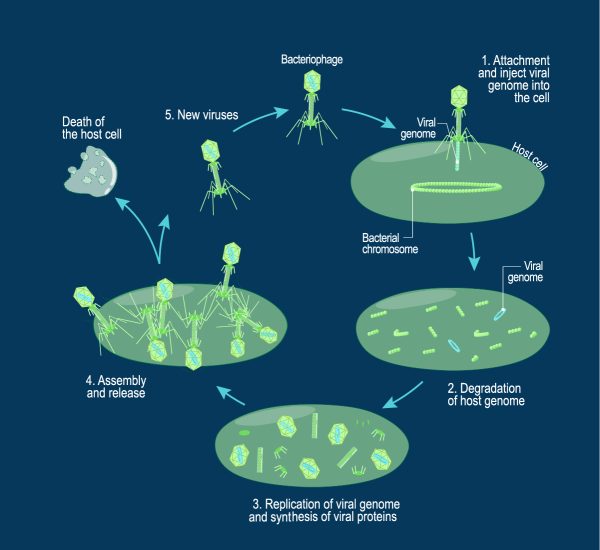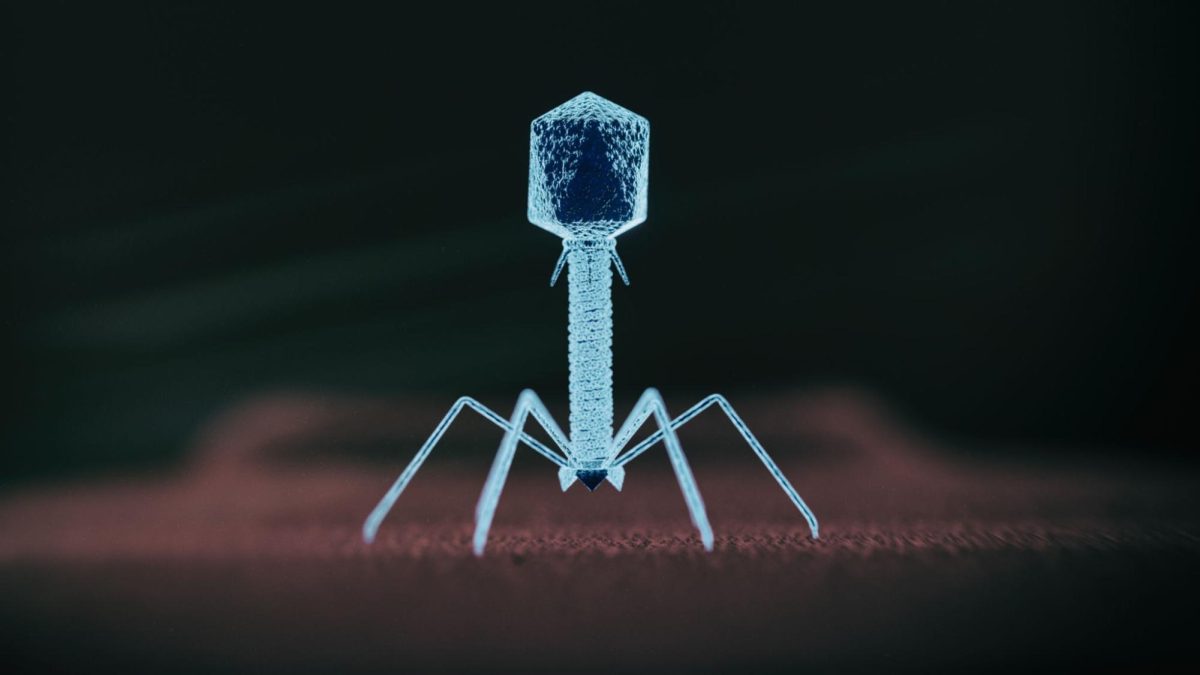Penicillin, stumbled upon by accident in 1928, came about when Dr. Alexander Fleming noticed mold growing and killing bacteria in his experiments. What’s even more remarkable is that this revolutionary mold only sprouted due to his unintentional neglect while he was away on holiday. This discovery kicked off a whole new era of ‘wonder drugs’ that completely revolutionized the world for the better. For nearly a century, antibiotics have saved millions of lives around the globe. But today, a problem is on the rise: antibiotics are getting weaker and weaker. Or rather, the bacteria they target are getting stronger and stronger.
This phenomenon, antibiotic resistance, occurs when bacteria evolve an ability to overpower the drugs designed to kill them. This is a product of evolution and the speedy reproduction of bacteria. As bacteria reproduce, genetic mutations occur, and those with a mutation that helps them defeat antibiotics survive and pass this trait on. Bacteria that have successfully evolved resistance are called superbugs. As a result of superbugs, antibiotics are losing their efficacy, with the last effective antibiotic being discovered almost thirty years ago.
But antibiotics aren’t the only things bacteria have been fending off. They’ve actually been engaging in a war for billions of years—with viruses. These viruses, known as bacteriophages, specifically infect bacteria. While viruses tend to get a bad reputation, they could actually be the key to solving our problem, potentially replacing antibiotics in our constant effort to control bacterial infections in our populations.
What sets bacteriophages, or phages for short, apart from antibiotics, is that they evolve alongside bacteria because they have their own genetic information and have the ability to make copies of themselves and mutate genetically. This means that as they evolve their attacks against bacteria, they are essentially finding the newest or most effective defense, and as humans, we put in very little work for this to happen.
Another crucial difference between phages and antibiotics is specificity, or how picky the phage is with the bacterial type it targets. Most phages have high specificity and will only attack one type of bacteria, so these will not harm our body’s cells.
But how can we actually use these phages to our advantage? Well, let’s examine how these phages attack bacteria. As a bacteriophage, its main goal is to reproduce, and it can do so by injecting its genetic material into a bacterial cell. As the genetic material replicates within the bacterium, bacteriophages capable of infecting other bacteria are inadvertently produced within. Like a scene out of Alien, these bacteriophages, which are toxic to living cells, burst out of the bacterium and move on to their next victims.

In a national project conducted among UC Santa Cruz, UC Berkeley, and the University of Pittsburgh, respectively, researchers are finding ways to do just that. In fact, as part of a summer program at UCSC, we were able to partake in such research. Our main goal was to identify proteins toxic to living cells that the bacteriophages used to lyse bacterial cells. To do this, we had to find and isolate the instructions for making such proteins, which are hidden in the bacteriophages genome. Our involvement in this was sequencing the genome of a phage called Aminay and modeling the proteins each gene coded for, which we sent off to the University of Pittsburgh for further examination.
The ultimate hope of this project is that if we can identify these proteins, they can become the replacement for antibiotics. Such novel treatment has already been performed—a cocktail of bacteriophage proteins saved a patient’s life by killing their superbug infection! If researchers are able to adapt this treatment for a multitude of bacterial infections and provide widespread access to the public, these bacteriophage treatments could prevent millions if not billions of casualties and usher in the era of ‘bacteriophages’, offering a beacon of hope in the battle against antibiotic resistance.


